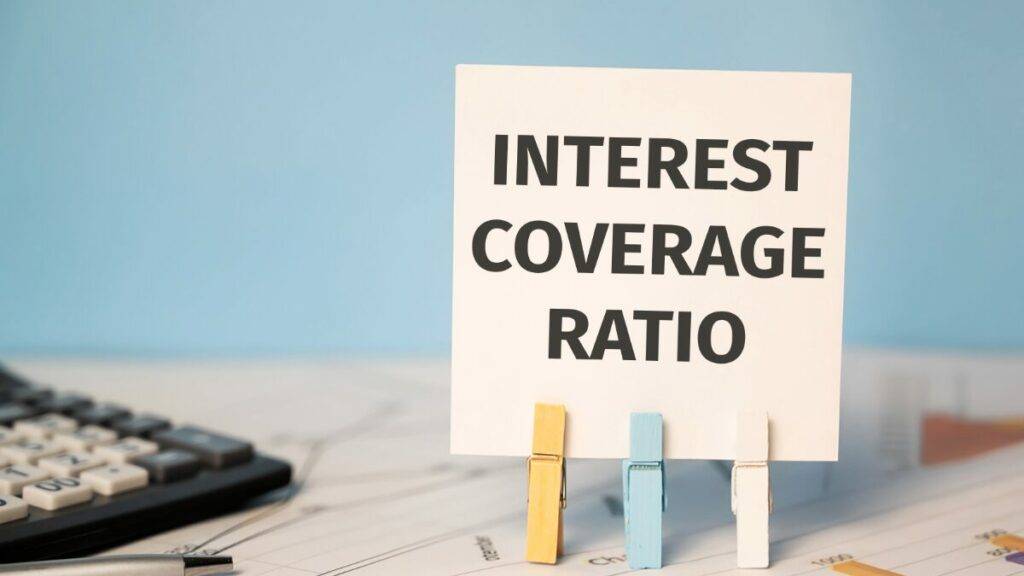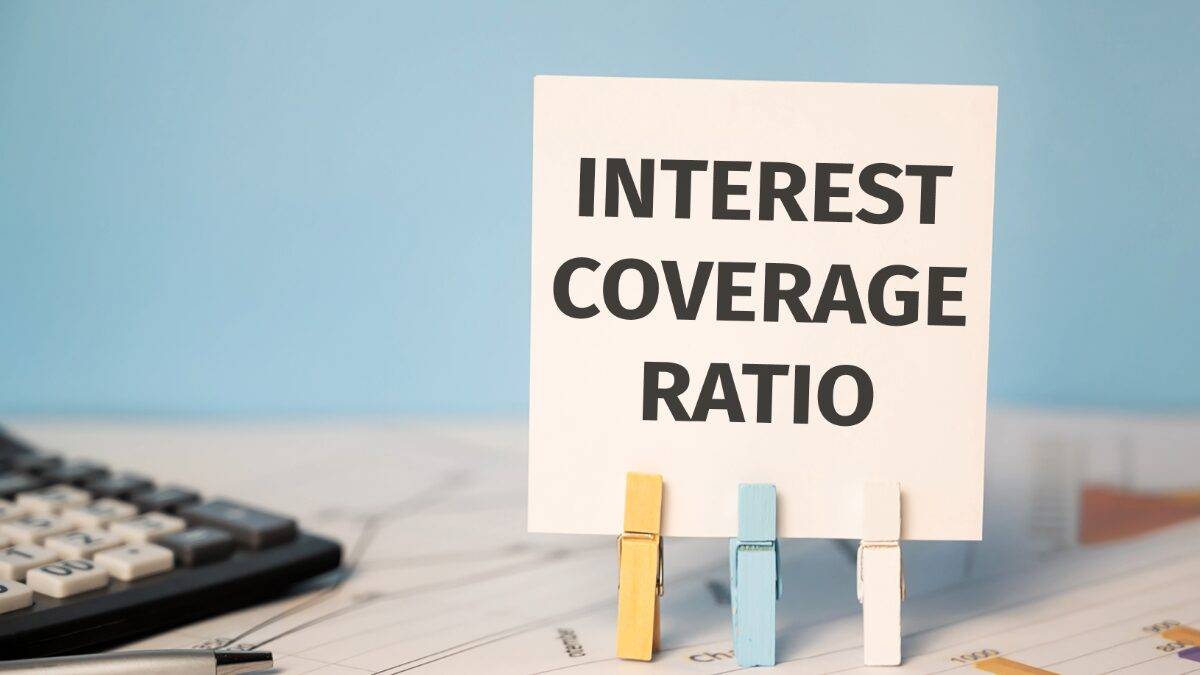Among the myriad of financial metrics used to assess a company’s fiscal well-being, the Interest Coverage Ratio stands out as a fundamental indicator. This ratio sheds light on how comfortably a company can pay interest on its outstanding debt, offering insights into its operational efficiency and financial stability. This article delves into the intricacies of the Interest Coverage Ratio—exploring its definition, formula, calculation nuances, interpretation, and the implications it holds for various stakeholders.
Defining the Interest Coverage Ratio
The Interest Coverage Ratio, sometimes referred to as the Times Interest Earned (TIE) ratio, is a measure that calculates how many times a company can cover its interest expenses with its earnings before interest and taxes (EBIT). The formula is straightforward:
Interest Coverage Ratio (ICR) = EBIT ÷ Interest Expense
This ratio essentially quantifies how many times a company’s operating income can cover its interest obligations. A higher ratio indicates greater financial health, suggesting that the company generates sufficient earnings to meet interest payments comfortably. Conversely, a lower ratio may signal potential difficulties in meeting debt obligations, raising concerns about financial distress.
The Components Explained
To fully grasp the significance of the Interest Coverage Ratio, it’s important to understand its two key components: Earnings Before Interest and Taxes (EBIT) and Interest Expense.
Earnings Before Interest and Taxes (EBIT) represents a company’s profit from its core operations, excluding the costs of debt (interest) and the impact of taxes. It reflects the company’s operational efficiency and its ability to generate profits from its primary business activities. By focusing on EBIT, the ratio isolates the operating performance from financing and tax influences, providing a clearer picture of the company’s ability to service its debt from operational earnings alone.
Interest expense is the cost of debt financing, encompassing interest paid on loans, bonds, or any other form of debt the company has incurred. Unlike dividends, which are discretionary payments to equity holders, interest is a mandatory payment that must be met irrespective of the company’s profitability. Failure to meet interest obligations can lead to serious consequences, including bankruptcy or restructuring.
Interpreting the Interest Coverage Ratio
Interpreting the Interest Coverage Ratio requires a nuanced understanding of what different ratio values signify. Generally, a ratio of 1.5 or higher is considered acceptable, indicating that the company generates enough earnings to cover its interest expenses with some cushion. A ratio below 1.5 may raise concerns, suggesting that the company could face challenges in meeting its interest obligations, especially if earnings were to decline.
A ratio of less than 1 is particularly alarming, as it means the company does not generate sufficient earnings to cover its interest expenses. This situation could lead to defaulting on debt payments, triggering legal consequences and jeopardizing the company’s operations and reputation. On the other hand, an exceptionally high ratio might indicate that the company is not utilizing debt effectively to finance growth opportunities, potentially signaling overly conservative financial management.
Comparative Analysis Across Industries
Different industries have varying norms for what constitutes a healthy Interest Coverage Ratio. Capital-intensive industries like utilities or telecommunications often operate with higher levels of debt and, consequently, may have lower ratios compared to technology or service-based companies. In industries with stable cash flows, creditors may be more comfortable with lower ratios, whereas industries prone to volatility may require higher ratios to mitigate risk.
When evaluating a company’s Interest Coverage Ratio, it’s essential to compare it with industry peers to gain meaningful insights. A ratio that appears low in one industry might be acceptable in another due to differing business models, capital structures, and risk profiles.
Calculating the Interest Coverage Ratio
To illustrate how the Interest Coverage Ratio works in practice, consider a hypothetical company, ABC Corp. Suppose ABC reports an Earnings Before Interest and Taxes (EBIT) of $10 million for the fiscal year. Its interest expense for the same period amounts to $2 million. Applying the Interest Coverage Ratio formula:
ICR = $10,000,000 ÷ $2,000,000 = 5.0
An Interest Coverage Ratio of 5 indicates that ABC Corp earns five times more than the amount required to cover its interest expenses. This robust ratio suggests that the company is in a strong financial position, with ample earnings to meet its debt obligations and invest in future growth or buffer against economic downturns.
Factors Influencing the Interest Coverage Ratio
The ICR is influenced by several factors that can fluctuate over time, reflecting the dynamic nature of a company’s financial situation:
- Volatility in Earnings:
Earnings can be influenced by market conditions, competition, regulatory changes, and internal factors such as production efficiency and cost management. A significant decline in EBIT, perhaps due to a market downturn or increased operational costs, can reduce the ICR, signaling potential distress. - Changes in Interest Rates:
The interest expense component of the ICR is directly affected by prevailing interest rates. A rising interest rate environment increases interest expenses, thereby reducing the ICR, even if EBIT remains constant. Companies with variable-rate debt are particularly vulnerable to interest rate fluctuations. - Debt Structure:
The composition and maturity of a company’s debt influence its interest expenses. Firms with a high proportion of short-term or high-interest debt will have higher interest expenses, reducing their ICR. Conversely, a well-structured debt profile with low interest rates and long maturities can enhance the ratio. - Capital Expenditures and Business Expansion:
Significant capital expenditures or investments in business expansion may temporarily reduce EBIT due to higher depreciation expenses or initial operational inefficiencies. However, if these investments yield higher returns in the future, they can eventually improve the ICR.
Implications for Different Stakeholders
The Interest Coverage Ratio has different implications for various stakeholders, each with their own perspective on the company’s financial health:
- Creditors and Lenders:
The Interest Coverage Ratio is a vital metric for creditors and lenders assessing a company’s creditworthiness. A low ICR may trigger higher interest rates on loans or restrict access to new credit facilities. Conversely, a high ICR strengthens the company’s bargaining power with creditors. - Investors:
For equity investors, the ICR is an important metric for evaluating the risk associated with a company’s debt load. While a higher ratio may suggest stability and lower risk, it is also important for investors to consider the growth potential. A very high ICR might indicate under-leverage, suggesting the company could take on more debt to finance growth. - Management:
Company management uses the ICR as a benchmark for assessing financial stability and risk management. A deteriorating ICR might prompt management to consider debt restructuring, cost-cutting measures, or asset sales to improve liquidity and reduce financial risk. - Regulators and Rating Agencies:
Regulatory bodies and credit rating agencies monitor the ICR as part of their assessment of a company’s financial health. A declining ICR could result in a credit rating downgrade, affecting the company’s borrowing costs and overall financial reputation.
Limitations and Considerations
While the Interest Coverage Ratio is a valuable metric, it is not without limitations. One significant limitation is that it focuses solely on interest expenses and does not account for the repayment of the principal amount of the debt. A company might manage to cover interest payments but still struggle with overall debt repayment obligations, especially if large principal payments are due in the near term.
Another consideration is that the ratio is based on EBIT, which includes non-cash expenses like depreciation and amortization. These accounting entries can affect earnings without impacting actual cash flow. A company may report a healthy EBIT and, consequently, a strong Interest Coverage Ratio, yet face cash flow constraints that hinder its ability to make interest payments. Therefore, analysts often complement this ratio with cash flow analysis to get a more accurate picture of a company’s liquidity.
The ratio also does not account for variations in earnings due to seasonality or economic cycles. Companies operating in industries with volatile earnings may present a strong Interest Coverage Ratio during peak periods but struggle during downturns. Thus, it’s important to analyze the ratio over multiple periods and in the context of industry trends to understand the company’s long-term financial stability.
Final Thoughts
The Interest Coverage Ratio is a fundamental tool in the financial toolkit of analysts, investors, and corporate managers. It serves as a window into a company’s ability to meet its financial obligations, providing critical insights into its operational efficiency, risk profile, and financial health. While the ICR has limitations and should not be used in isolation, it remains a cornerstone metric for making informed decisions in the world of finance. As with any financial ratio, its true power lies in its context—how it is interpreted, what story it tells, and how it guides stakeholders in navigating the complex landscape of corporate finance.
If you’re interested in deepening your understanding of financial metrics like the Interest Coverage Ratio, you might find the Investing Formulas Quick Guide to be a valuable resource. This guide offers clear explanations of essential investing formulas, helping you navigate the complexities of financial analysis with confidence. To learn more, visit Investing Formulas Quick Guide.
Disclaimer: This article reflects the author’s opinion and is not financial advice. The author is not a licensed financial advisor. Content is for informational purposes only. Consult a qualified financial professional before making investment decisions.


